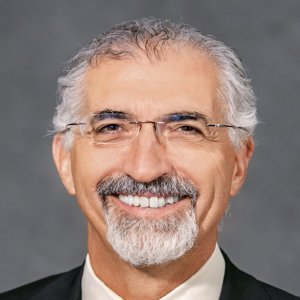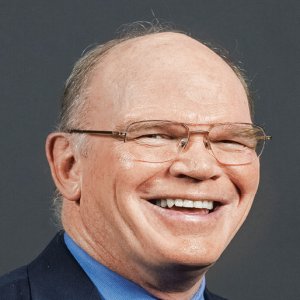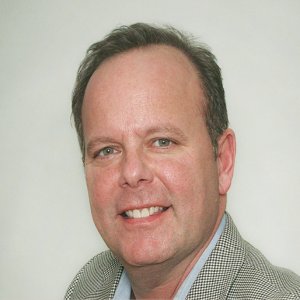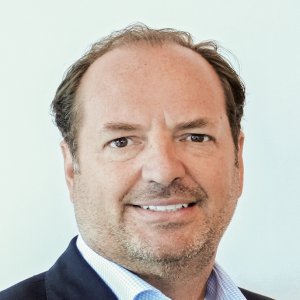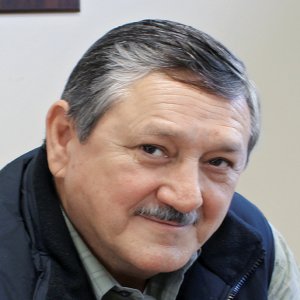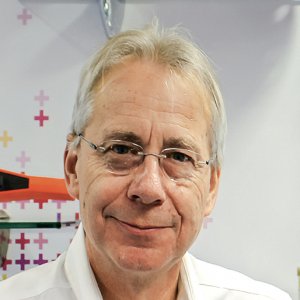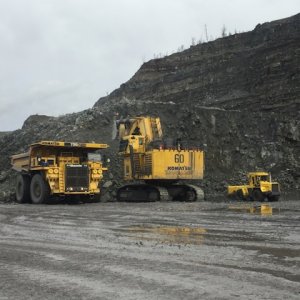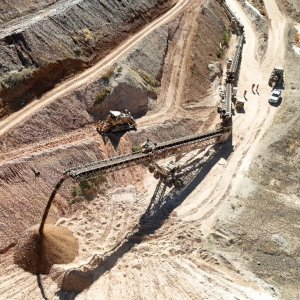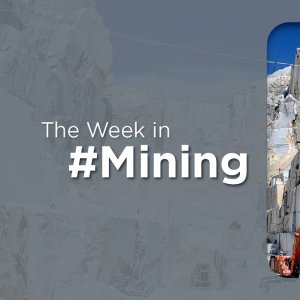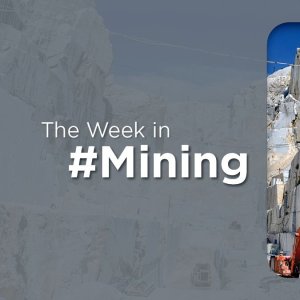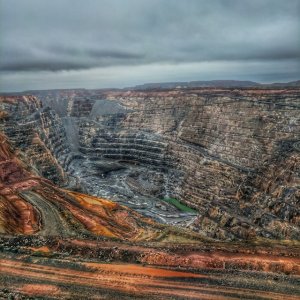Bridging the Gap Between Operator and Community

Bridging the Gap Between Operator and Community

STORY INLINE POST
Q: How did ERM’s acquisition of rePlan come about, and what will the partnership bring to the group?
IC: ERM had been growing organically on a global scale for many years, to such an extent that, eventually, it decided to look for potential strategic acquisitions that could add value to the group’s overall corporate profile. These acquisitions tend to involve companies that are focused on specific sectors, and so the rePlan purchase was a direct result of ERM’s desire to expand its social services within the mining industry in particular.
Q: How do you help with financing for social considerations?
RU: The World Bank and the International Finance Corporation (IFC) have developed funds dedicated to social concerns, particularly in terms of resettlement. We apply these standards in our projects, as well as other global best practices, to ensure the client fulfils the necessary requirements in order to attract funding. The private banking sector also follows the IFC standards, which include transparency and participatory and welldocumented practices, among others, ensuring that the client has the capability to access funds from private banks.
Q: Focusing on Mexico, what are the main environmental and social challenges that mine operators face?
IC: There are whole number of issues that any mining project must deal with, including risk mitigation, worker safety, and environmental sustainability, which includes tailings and waste management. Unfortunately, Mexico has fallen behind other countries in Latin America, for example Chile, in terms of its mining legislation, and we therefore believe it is important for companies like us to help mining industry players improve their procedures for handling environmental concerns.
RU: Another trend that we see is influx, and when a project arrives, it creates a certain amount of activity in the town and if this is not properly managed, it can destabilize the community, instead of helping its growth. Moreover, there are social liabilities from previous projects that have encountered problems in the past and failure to manage grievances in an effective way. We help to set up structures, systems, and chains of communication, and we train groups in community relations. We understand our role as a facilitator and also as a bridge between the company and community. We are currently working in a project in Sonora that began with a dialogue process and evolved into a voluntary resettlement process, requested by the community and agreed by the company. This is an ongoing process, with a company and community that were in constant conflict. As a result, we are helping the parties to reach an agreement, solving a historic problem through dialogue with proper methodologies and a clear path. Finally, the project aims to improve the community’s quality of life and conditions.
Q: How can you help to construct sustainable mine closure plans that are mutually beneficial for the communities and operators?
IC: A lot of the mines that are currently operating and have been at this stage for many years still do not have closure plans crafted. These plans must take into account environmental considerations as well as the financial implications that a mine closure will require. The processes are complex, especially in terms of environmental issues due to the level of restoration required, including water sources, surrounding greenery, animal and plant species, and prevention of leaks from tailings dams.
RU: We help to construct a social management closure plan, firstly to identify those people that will be most affected by the company’s exit, and secondly help them to find new livelihoods. The primary consideration is finding new sources of employment or change of livelihood within the same area, although if the mine opens elsewhere, they will have the option to retain their positions and commute. In Colombia, we worked with Prodeco on a plan for a mine that had to transport the coal to port, which was upgraded in a different location and had to be closed. The whole community surrounding the port was lacking employment, so we helped them to generate small businesses so that the families could engage in new activities. Some of the families decided to move with the port and continue working in their old posts. In Mexico, we are involved in a conceptual project in Morelos for a gold site that has not even entered into the permitting stage yet. At a very early stage, we are already working on a closure plan for this site as part of the stakeholder engagement strategy
